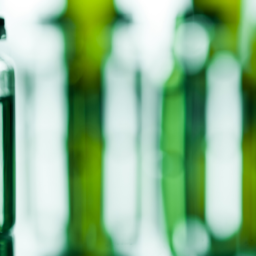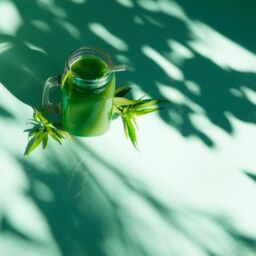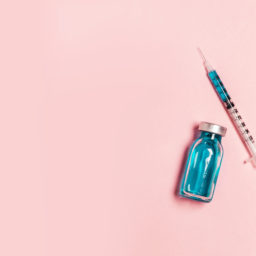On April 10, 2024, the European Parliament adopted an update of four of the seven so-called “breakfast directives”[1] – directives relating to the composition, names, labeling and presentation of selected foodstuffs.
The new regulations are to cover:
The original legal acts included in the package of breakfast directives were issued over 20 years ago and therefore it was stated that standards contained therein should be updated. The aim of the updated directives is to adapt them to current market requirements, enable consumers to make informed, healthy food choices and prevent product adulteration. Please find below examples of changes that were proposed as part of the review of the directives.
Honey
Labels (in the principal field of vision) will have to present the countries of origin of honey in descending order of their share in weight[6], with the proviso that in the case of packages smaller than 30 grams, it will be possible to include only the relevant two-letter ISO codes of a given country. Such information will be supplemented by an indication of the percentage of honey from a given country. At the same time, it is envisaged that the Commission will be empowered to adopt implementing acts laying down methods for verifying the compliance of honey with the new regulations and methods for detecting adulteration. The new regulations will also begin the process of creating a honey identification system, which will allow the product to be traced from the producer or importer to the consumer.
Fruit juices
Due to the increased interest in products with reduced sugar content, new categories and markings of juices will be introduced: “reduced-sugar fruit juice“, “reduced-sugar fruit juice from concentrate“, “concentrated reduced-sugar fruit juice“. The Commission is to be empowered to adopt delegated acts specifying the rules regarding the characteristics of such juices and the authorized sugar reduction processes. It is also envisaged, if certain conditions are met, that the phrase “fruit juice contain only naturally occurring sugars” may be included on the label. As in the case of honey, introducing the obligation to label juices with the countries of origin of the fruits used is being considered – the Commission is to present a report discussing the methods of presenting information in this regard on the label and possible legislative proposals.
Jams and marmalades
With regard to jams, it was decided to increase the minimum fruit content in the products. Calculated per 1 kg of the finished product, this value should as a general rule be 450 g in the case of jam (i.e. 100 g more than currently) and 500 g in the case of extra jam (i.e. 50 g more than currently). The changes will also concern the possibility of using the term “citrus marmalade“. As in the case of juices, also in the case of jams and marmalades, the Commission is expected to prepare a report assessing the need to introduce the requirement to indicate the countries of origin of fruits on the label, together with possible legislative proposals.
Dehydrated milk
The new regulations introduce the possibility of reducing the lactose content in milk, provided that the product is properly labeled. However, Member States may limit or prohibit modifications to the composition of milk.
The full text of the regulations adopted by the European Parliament can be found at LINK.
As intended, Member States, including Poland, will have to apply the new regulations, in principle, two years after their entry into force. However, the updated directives must first be adopted by the Council and published in the EU Official Journal.
The proposed amendment to the regulations may pose a challenge for entrepreneurs – we will be happy to answer any questions. Please don’t hesitate to contact us!
We also elaborate in more detail regarding breakfast directives in the quarterly “Food-Lex” No. 1/2024.
[1] Directive 1999/4/EC of the European Parliament and of the Council of 22 February 1999 relating to coffee extracts and chicory extracts; Directive 2000/36/EC of the European Parliament and of the Council of 23 June 2000 relating to cocoa and chocolate products intended for human consumption; Council Directive 2001/110/EC of 20 December 2001 relating to honey; Council Directive 2001/111/EC of 20 December 2001 relating to certain sugars intended for human consumption; Council Directive 2001/112/EC of 20 December 2001 relating to fruit juices and certain similar products intended for human consumption; Council Directive 2001/113/EC of 20 December 2001 relating to fruit jams, jellies and marmalades and sweetened chestnut purée intended for human consumption; Council Directive 2001/114/EC of 20 December 2001 relating to certain partly or wholly dehydrated preserved milk for human consumption
[2] Directive 2001/110/EC relating to honey.
[3] Directive 2001/113/EC relating to fruit jams, jellies and marmalades and sweetened chestnut purée intended for human consumption.
[4] Directive 2001/112/EC relating to fruit juices and certain similar products intended for human consumption.
[5] Directive 2001/114/EC relating to certain partly or wholly dehydrated preserved milk for human consumption.
[6] Member States may provide that, with regard to honey placed on the market in their territory, where the number of countries of origin of honey in a blend is greater than four and the four largest shares represent more than 50 % of the blend, it is allowed to indicate with the percentage only those four largest shares.












